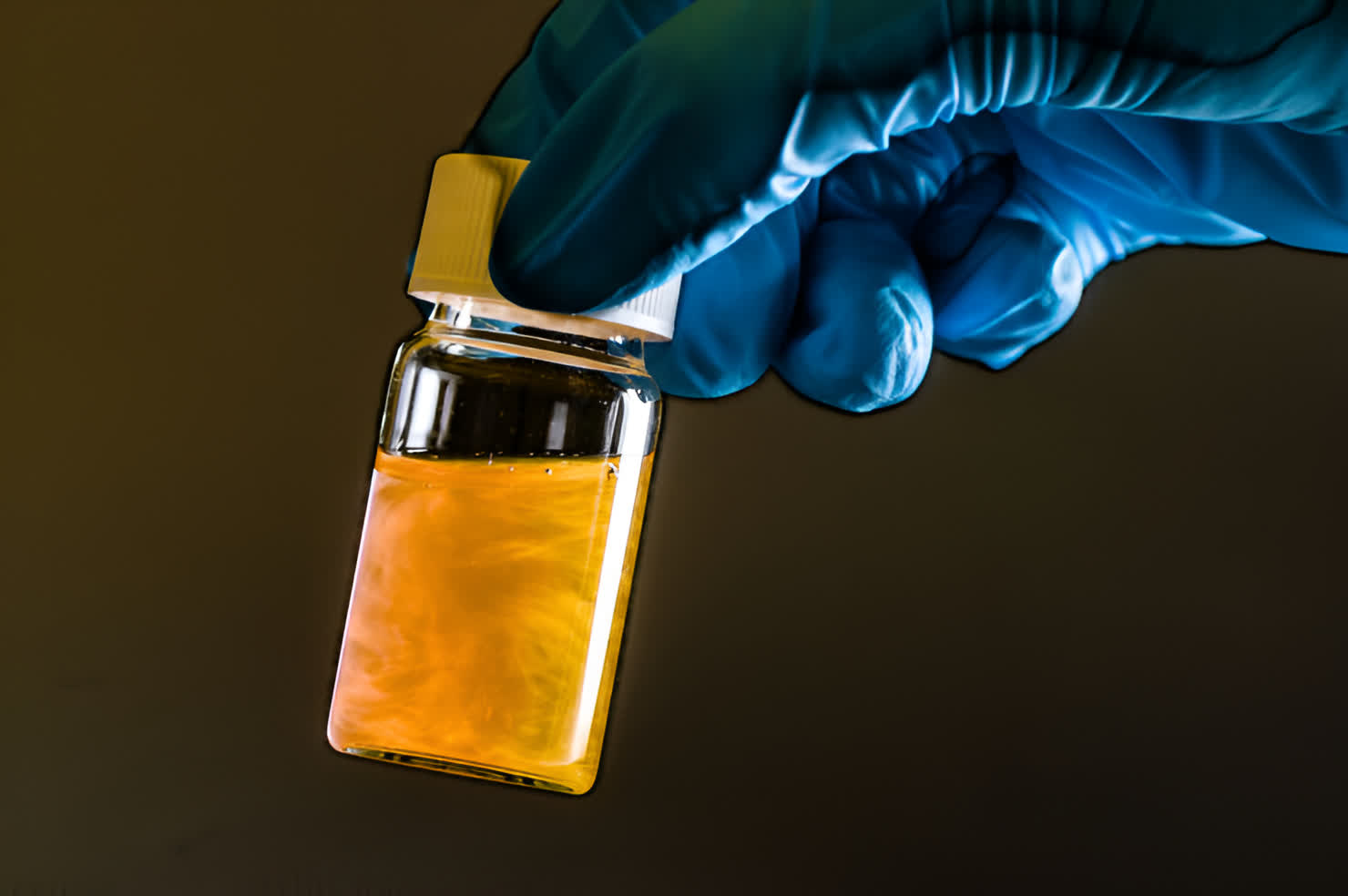Serving tech enthusiasts for over 25 years.
TechSpot means tech analysis and advice you can trust.
In a nutshell: When you think of gold, images of jewelry or bullion probably come to mind. But a team from Linköping University in Sweden has used the metal to create electrodes for interfacing with the human nervous system instead – and in a whole new way. They've designed gold nanowires that are soft and stretchy enough to be truly biocompatible and connected to the nervous system.
Their work, published in the journal Small, could pave the way for new types of medical implants and interfaces that get up close and personal with our nerves without damaging them. These electronics could help treat conditions like epilepsy, Parkinson's, paralysis, or chronic pain by seamlessly integrating with the body.
"The classical conductors used in electronics are metals, which are very hard and rigid. The mechanical properties of the nervous system are more reminiscent of soft jelly," explains materials science professor Klas Tybrandt, who led the research. "To get an accurate signal transmission, we need to get very close to the nerve fibers in question."
However, since the body is constantly in motion, achieving close contact between hard and soft materials is a problem. Using soft, stretchy electrodes solves this since they don't cause as much tissue damage as stiff metal ones. But making them conductive enough while also being biocompatible has been a major challenge, which is where the gold nanowires come in.

Tybrandt's team embedded incredibly thin strands of gold – around 1,000 times slimmer than a human hair – in soft, flexible silicone rubber to create their electrodes. Silicone is already used for implants like breast implants, and gold and platinum are common in medical devices too.
But fabricating long, narrow nanostructures from gold has been difficult – until now. The researchers found a clever workaround starting with thin silver nanowires, which are much easier to make thanks to silver's unique properties.
Laura Seufert, a doctoral student in Klas Tybrandt's research group, decided to use silver nanowire as a template to grow gold around it. The silver is then removed, leaving behind a structure that's over 99% pure gold.
The process is tricky, but worth it for the creation of electrodes that combine high electrical conductivity with the softness and biocompatibility needed to interface with the body long-term. Tests showed the material should remain stable for at least three years after implantation.
To demonstrate their soft gold electrodes, the researchers worked with Linköping neurologist Simon Farnebo to successfully stimulate and record signals from rat nerves.
With the basics out of the way, the team is now attempting to refine the material further to create even smaller electrodes that can get closer to individual nerve cells. From pacemakers to brain-computer interfaces, the future of bioelectronics may have a golden lining – or at least, golden nanowires pulling the strings behind the scenes.